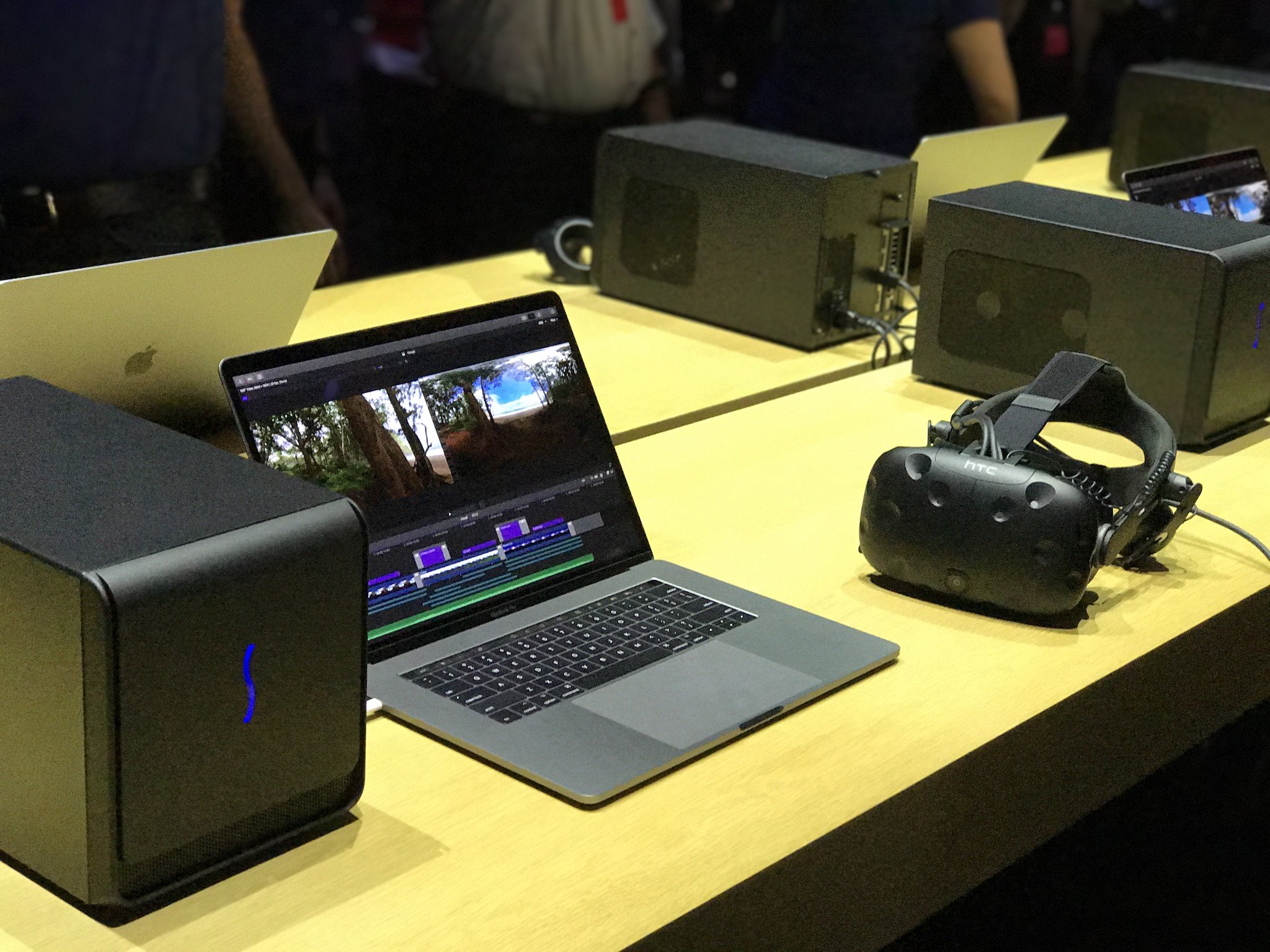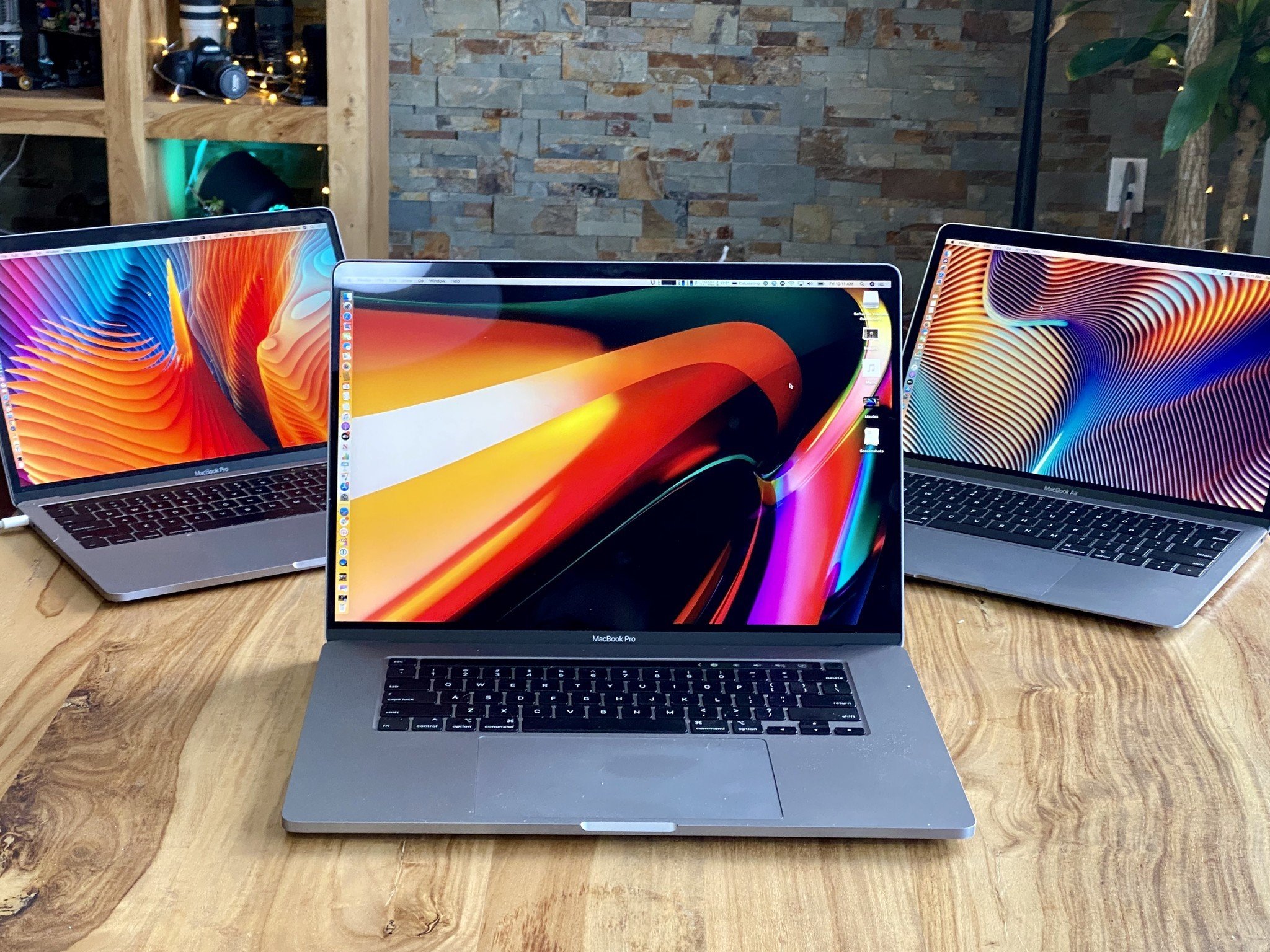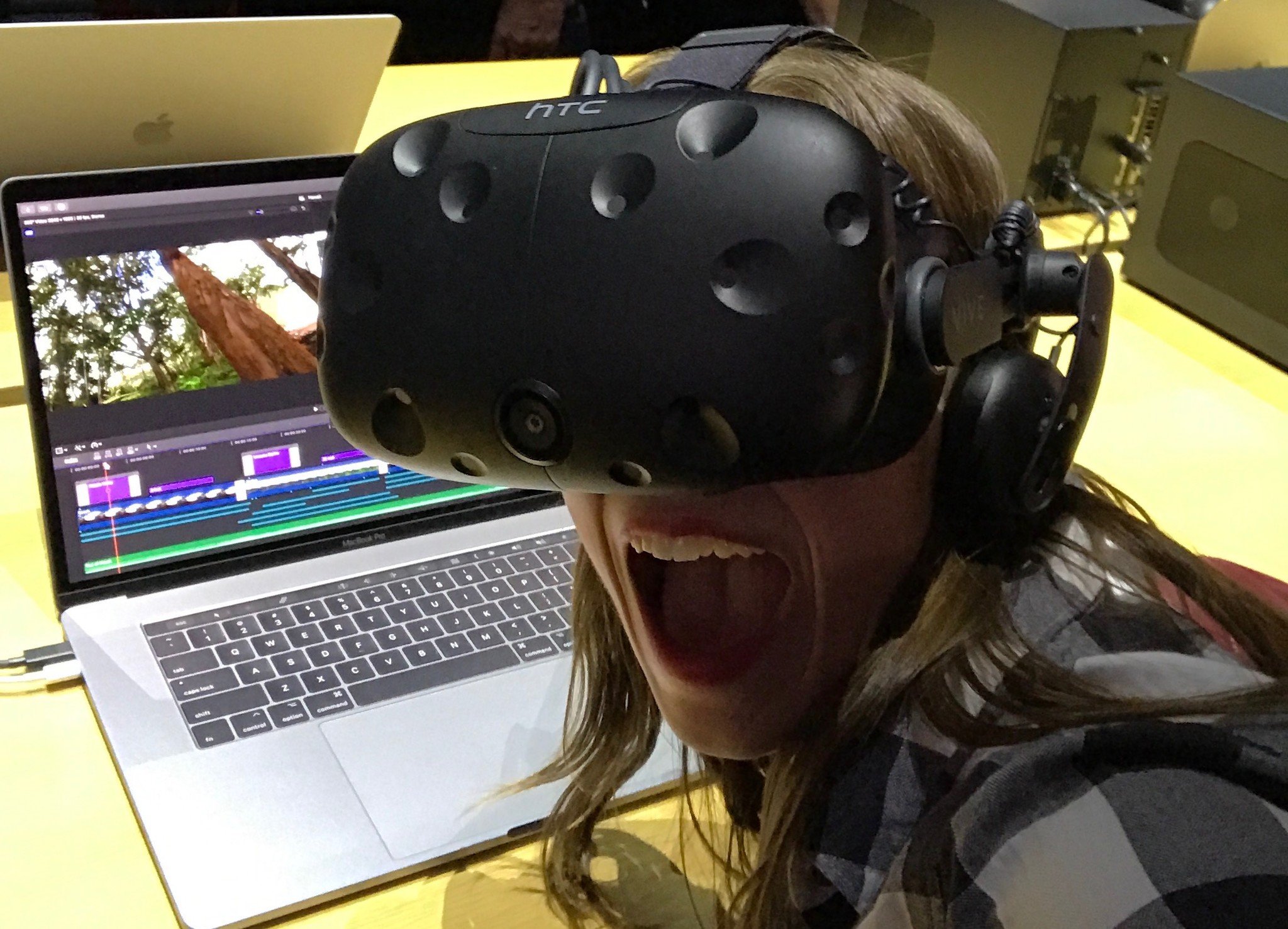If someone at Valve ever actually cared about this project, they got bored a while ago.
The timing for Apple's announcement that SteamVR would be coming to what was then called OSX was perfect. It happened on stage, not terribly long after Oculus founder Palmer Luckey very publicly snubbed Mac users. Like so many others, I was cautiously optimistic when Apple and Valve together announced SteamVR support for Macs. There weren't many things in Apple's lineup with GPUs capable of running the HTC Vive hardware at the time, but Apple had a plan to address this and it made a lot of people very happy.
Three years later, it's not surprising to see Valve pulling the plug on MacOS support. After all, nothing about this experience was what anyone had hoped it would be.
Even now, three years after the announcement, there isn't much you can buy off the shelf in an Apple store capable of supporting SteamVR. Certainly more options than previously, but in many cases if you have a MacBook and you want to run SteamVR you needed an external GPU enclosure with a high-end GPU. That increased the cost of deployment in some cases by nearly $700, a price tag that only increased as Bitcoin mining became popular and GPUs became scarce. It's also worth pointing out that Apple's support of VR-ready GPUs was sketch at best in the beginning, not supporting NVidia at all for quite a while.
The saddest thing about this story is how avoidable it was.
Not long after the hardware support was there, Apple threw another wrench into the machine with the deprecation of OpenGL in support of Metal. Unless you were already familiar with developing for Metal, this introduced a new layer of difficulty in supporting MacOS. The added difficulty and expense was too much for many game developers, especially at a time when it wasn't clear there would be that many people using MacOS compared to Windows 10. Fewer games and apps on SteamVR for Mac meant many MacOS users needed to Bootcamp with Windows 10 to get the full SteamVR experience anyway, defeating the point of this exercise entirely.
By the end of 2018, it became clear SteamVR was losing ground to Oculus. The significantly less expensive Oculus Rift was available just about everywhere, and the number of polished "AAA" exclusives for the platform made it much more appealing to people who wanted to just fire up a headset and play. This only got worse in 2019, when the Oculus Quest introduced a quality way for people to play games without a computer at all. Now, in 2020, you can connect an Oculus Quest to a Windows PC and get the whole Oculus Rift S experience without needing a separate headset. Currently, SteamVR has nothing to compete with this.
The challenges for MacOS support in SteamVR are many, but it also seems like Valve lost interest in supporting the platform some time ago. The epic Valve Index headset launched with no mention of macOS support anywhere, and Valve's immensely popular Half-Life: Alyx launched with no mention of macOS support anyone on the Steam sales page. Even Valve's announcement of its intention to remove support was halfhearted, a short forum page where it first called the platform OSX and later had to be edited to correctly refer to it as MacOS.
Given everything that has happened in the last three years, it really shouldn't surprise anyone that Apple is not a priority for Steam. Apple has been rumored to be making its own headset for what feels like forever now, with a significant lean towards Augmented Reality instead of the Virtual Reality we're seen from SteamVR and Oculus. Apple believes AR ir something more people will use in more places, and has been leaning in that direction for a long time now. Also, at last count, SteamVR is nearly 85% Windows and the rest is almost entirely Linux.
The saddest thing about this story is how avoidable it was. Apple and Valve could have used this partnership to court VR developers to build AAA experiences on Metal and demo them on stage during WWDC or a Mac launch event or created a Vive demo area in Apple stores so people could walk in and try the headset out for themselves. With the right energy, this could have been a great thing. But this partnership was probably not much more than a PR stunt to combat Oculus.
from iMore - The #1 iPhone, iPad, and iPod touch blog https://ift.tt/2xyW0kS
via IFTTT



No comments:
Post a Comment